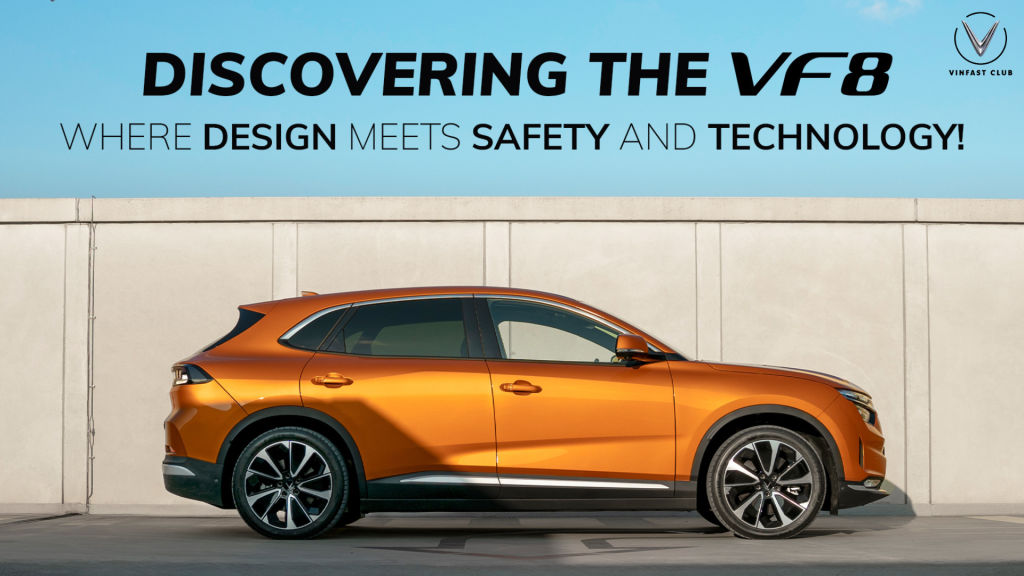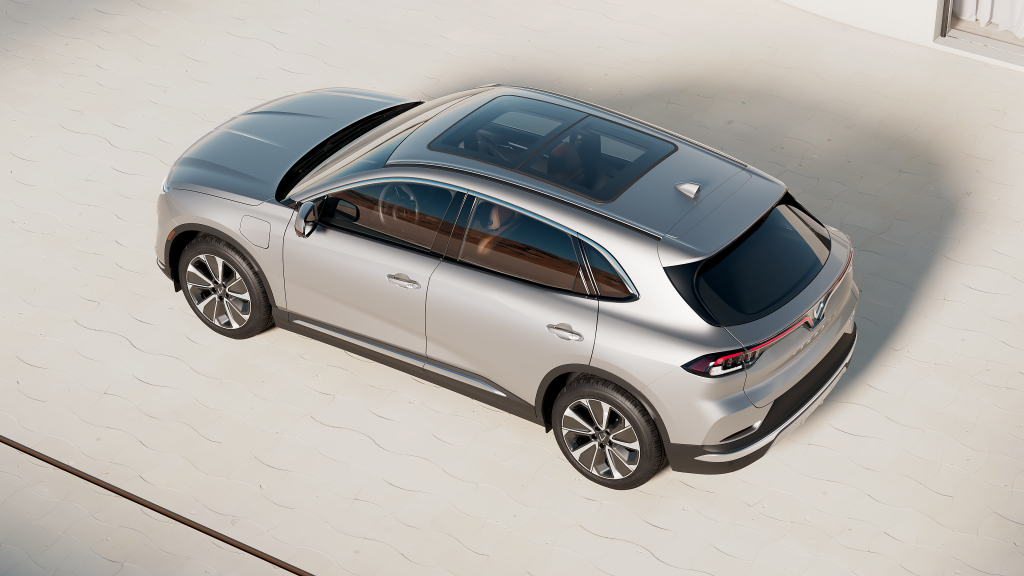VinFast: Safety Without Compromise in Design
When buying a car in today’s fast-paced world, safety features are becoming more and more important to consumers. Over 70% of drivers, according to Rocket Auto, are willing to spend extra for automobiles with advanced safety measures. People are searching for vehicles with cutting-edge systems that can safeguard them and their loved ones as traffic jams and collisions increase. Drivers are prepared to spend more money on cars that put their safety first, whether it be anti-lock brake systems or crash prevention. VinFast has made great efforts to guarantee that their cars are designed to safeguard since they recognize this need. In particular, two electric SUV models, the VinFast VF 8 and VF 9, have been designed to meet the 5-star standards specified by the ASEANNCAP; certification for both the NHTSA and EURO NCAP is now pending. VinFast is dedicated to offering cutting-edge safety measures so that drivers can travel with peace of mind. VinFast Global CEO Le Thi Thu Thuy states, “Safety has become paramount for car buyers in a rapidly changing world.” We are aware of the growing need for cars with cutting-edge safety systems that protect drivers and their families. Modern safety technology integration into our cars…












